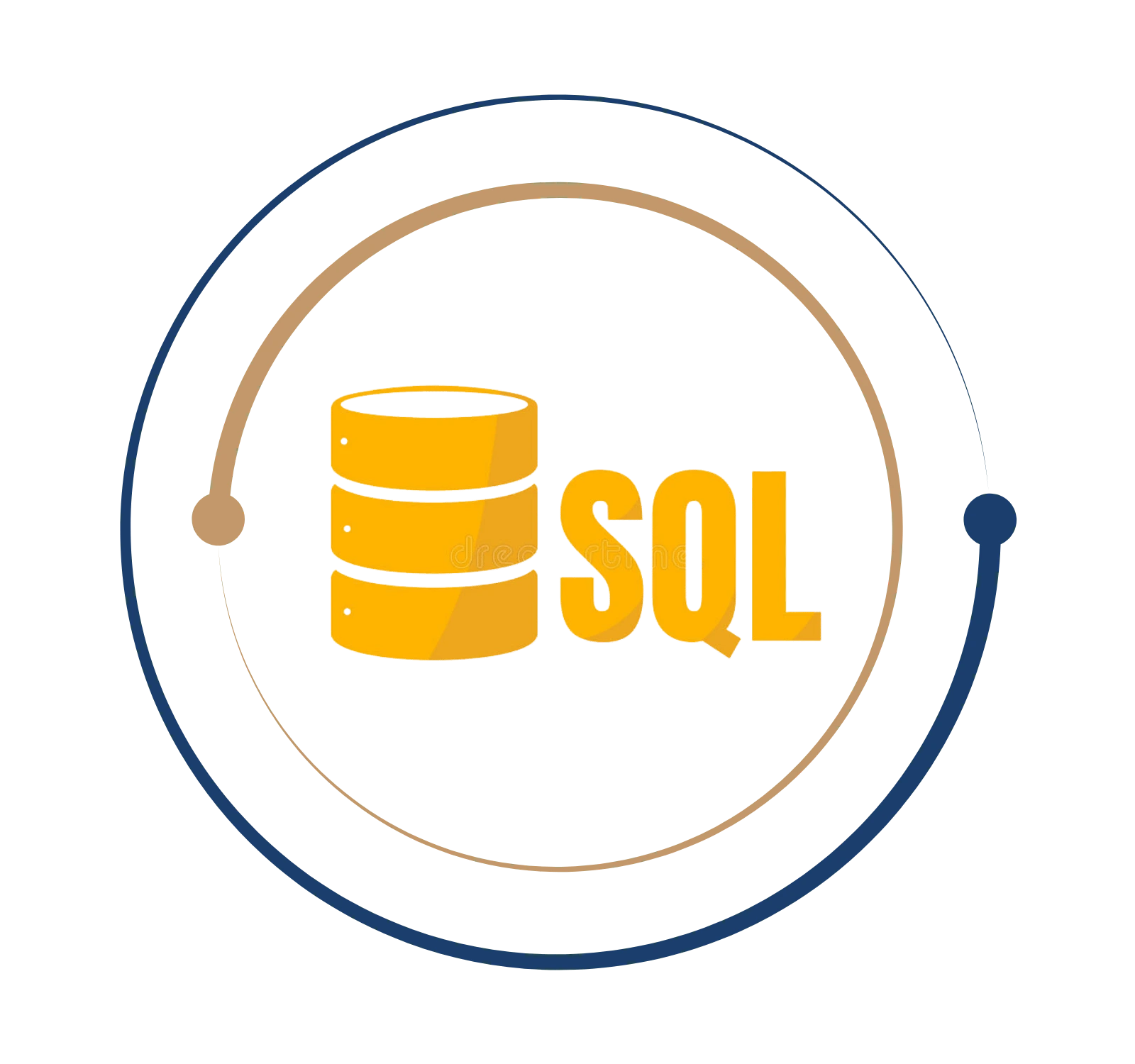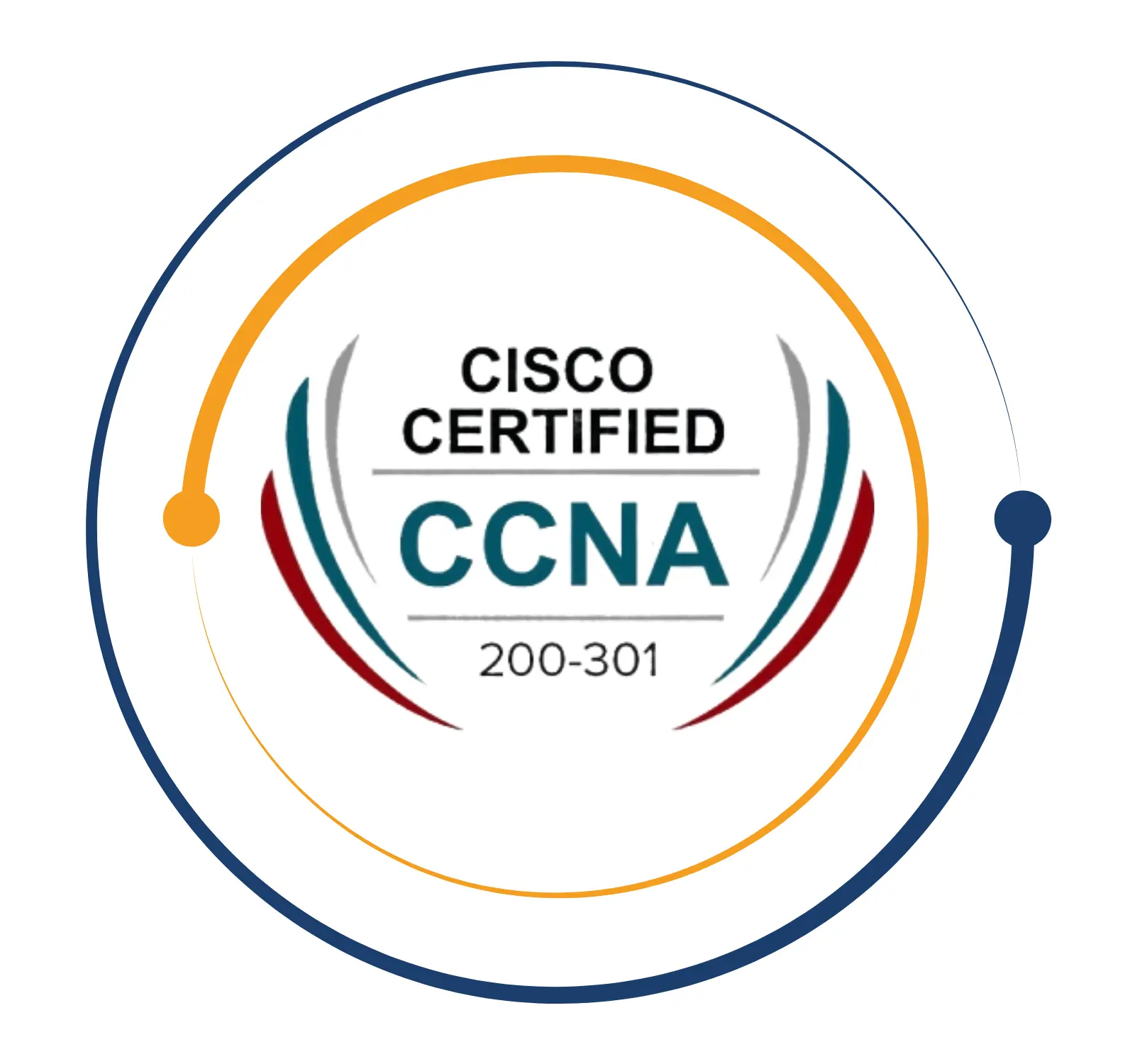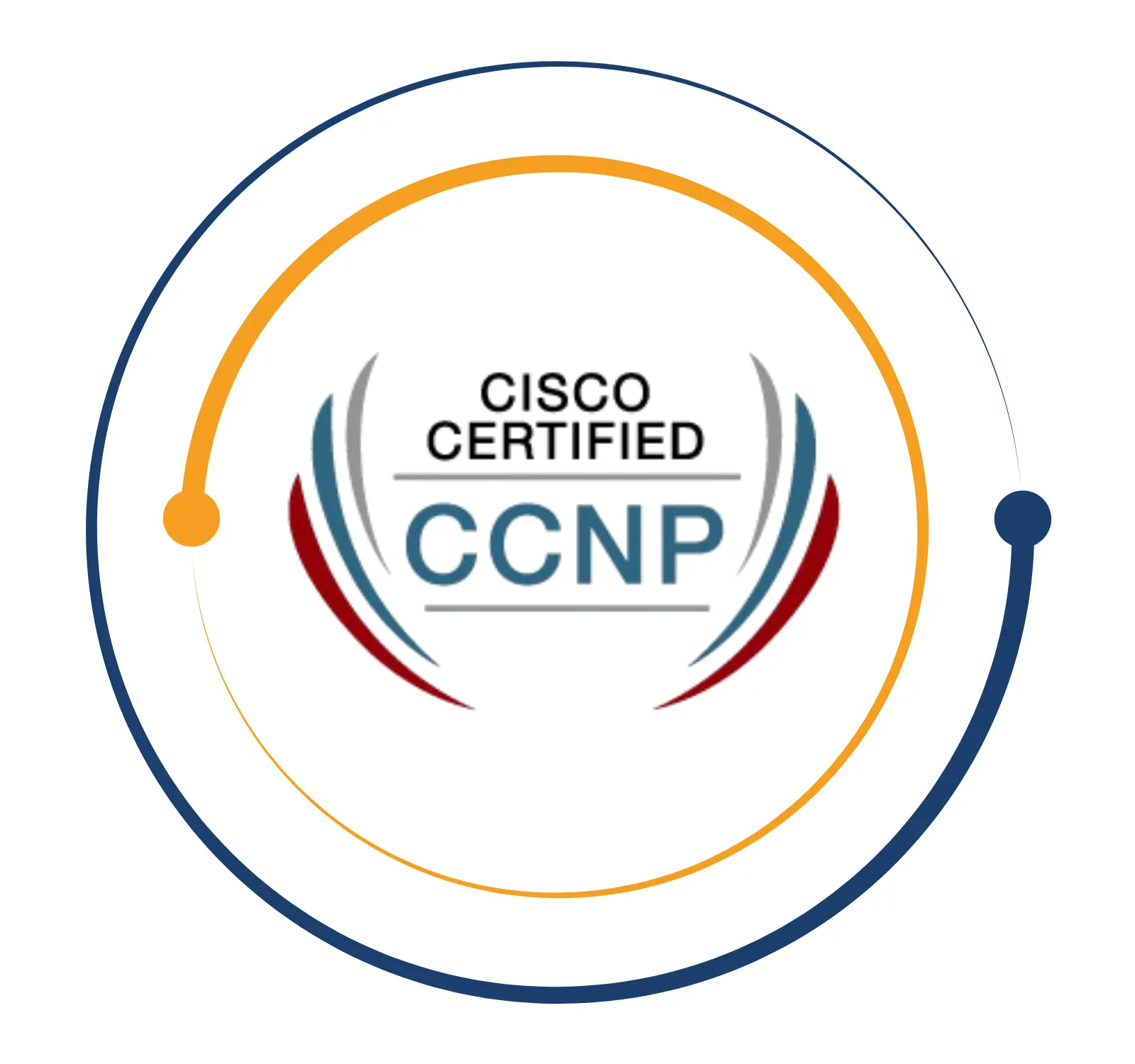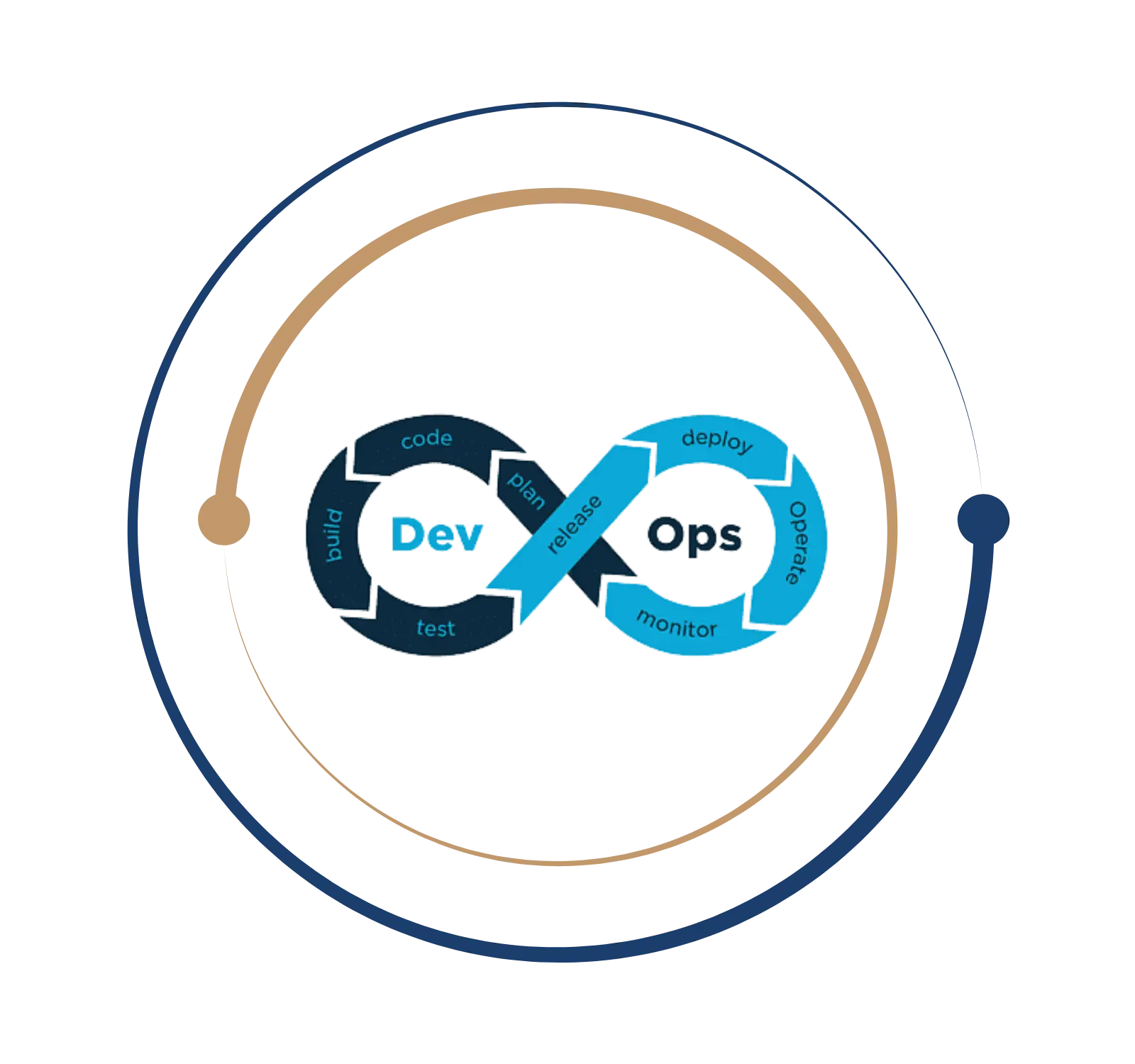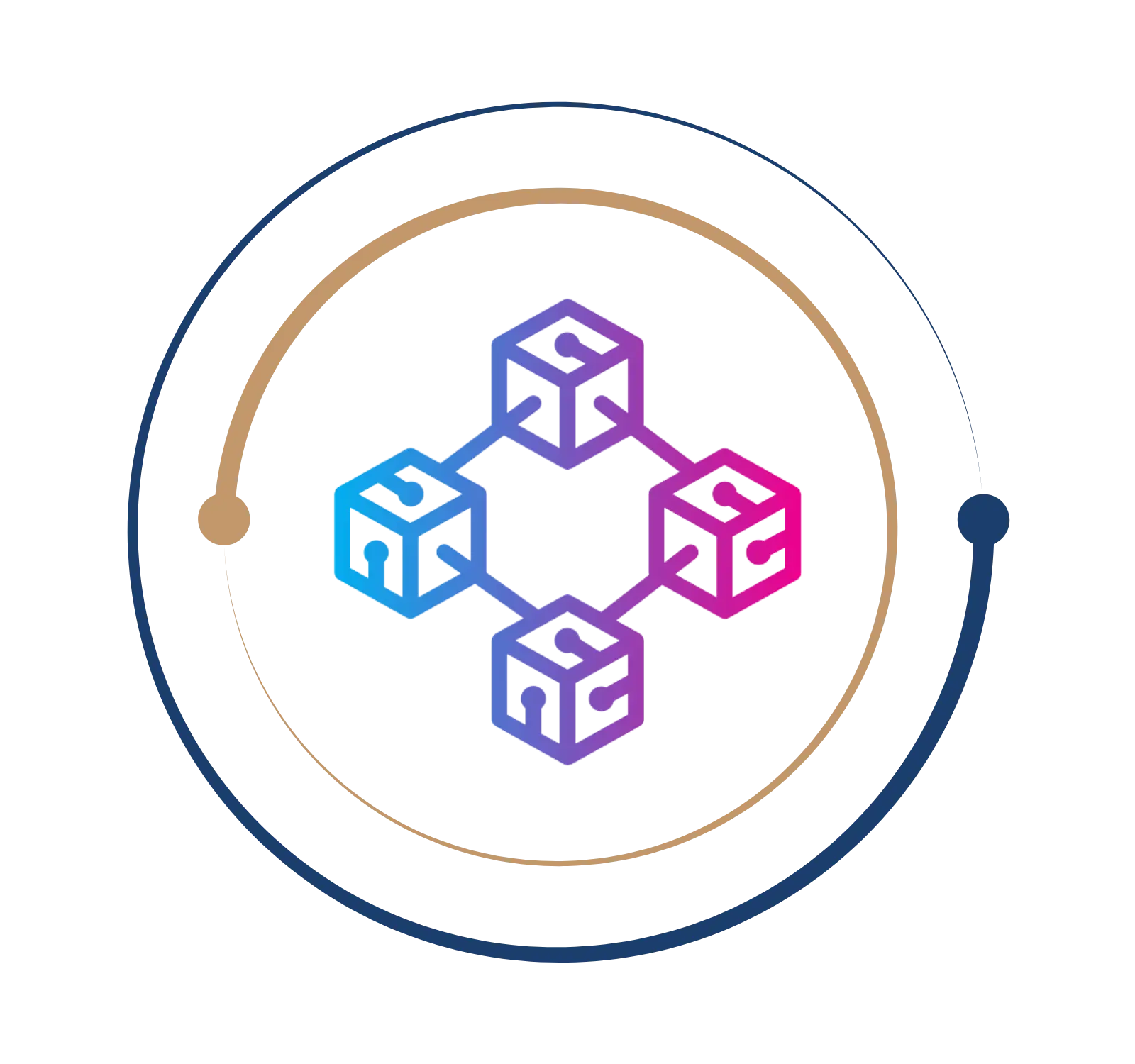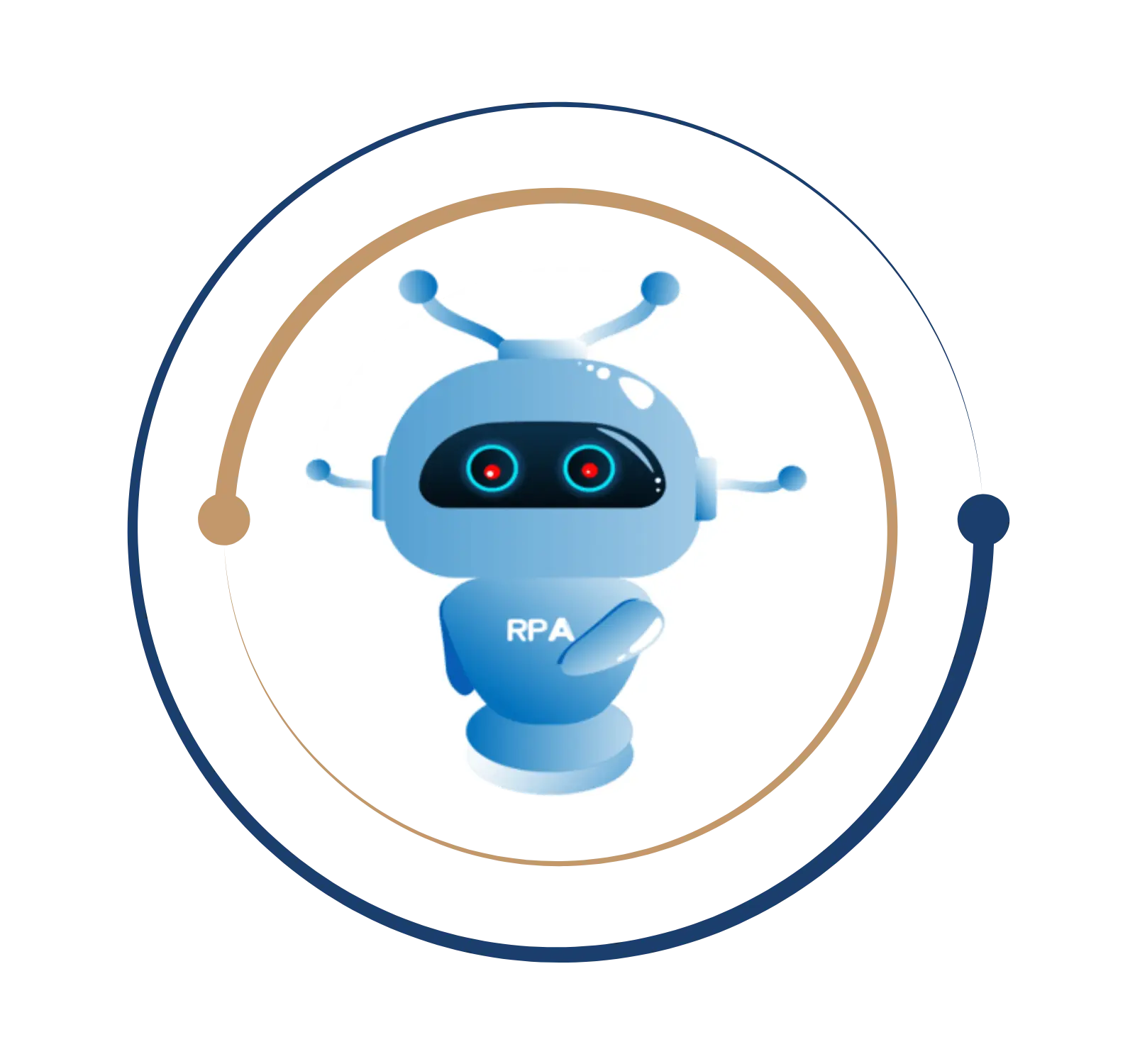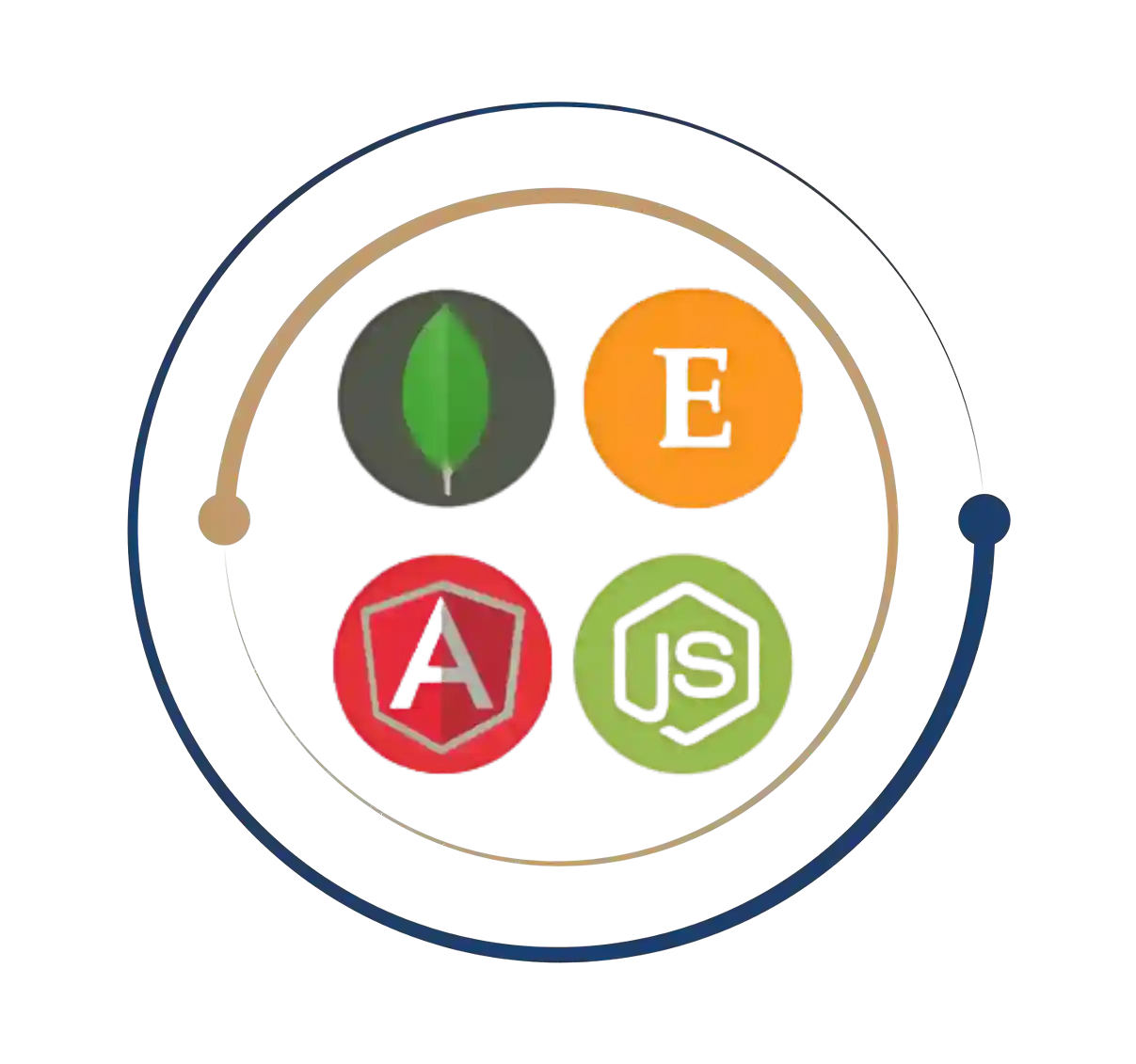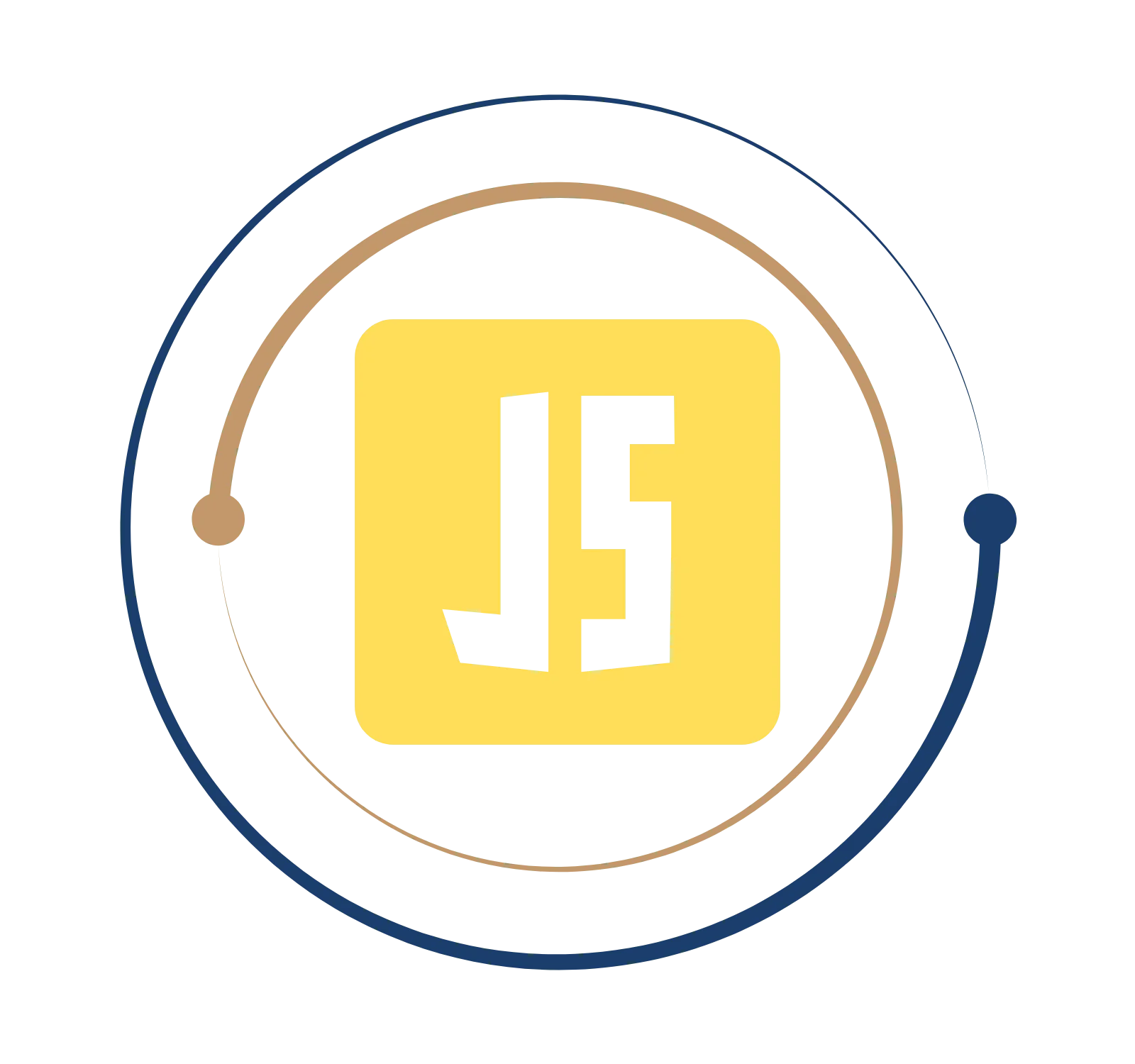Excel in data warehousing with comprehensive Teradata training
Teradata Training in Chennai
BITA Academy offers Best Teradata Training in Chennai, which will help you learn the features of a popular relational database management system. Practical training by industry experts will give you a deeper understanding of all of Teradata DBA’s core concepts. Learn how to use Teradata DBA to create data warehousing applications, data warehouse business intelligence, Teradata applications, Teradata architecture, deploying Teradata applications, and loading data based on real-world projects and use cases. Our mentor’s know-how in development and training can help provide project-based training.
Teradata is one of the most familiar relational database management systems, and it is primarily suitable for building large data warehousing applications. Teradata is an open-source database management system, and Teradata accomplishes this through the concept of concurrency, and Teradata developed it.
Teradata Training in Chennai
BITA Academy offers Best Teradata Training in Chennai, which will help you learn the features of a popular relational database management system. Practical training by industry experts will give you a deeper understanding of all of Teradata DBA’s core concepts. Learn how to use Teradata DBA to create data warehousing applications, data warehouse business intelligence, Teradata applications, Teradata architecture, deploying Teradata applications, and loading data based on real-world projects and use cases. Our mentor’s know-how in development and training can help provide project-based training.
What is Teradata?
Teradata is one of the most familiar relational database management systems, and it is primarily suitable for building large data warehousing applications. Teradata is an open-source database management system, and Teradata accomplishes this through the concept of concurrency, and Teradata developed it.
Features of Teradata
- The Teradata database system is based on a massively parallel processing (MPP) architecture. The MPP architecture evenly distributes the workload throughout the system.
- The Teradata system divides tasks between processes and runs them in parallel so that jobs can be completed quickly.
- The Teradata architecture is called the shared-nothing architecture. The Teradata node, its access module processor (AMP), and the hard drive connected to the AMP operate independently. They are not shared with others.
- The Teradata system is hugely scalable. They can be scaled up to 2048 nodes. For example, you can double the capacity of your system by doubling the number of AMPs.
- Teradata can connect to channel connectivity systems such as mainframes and network connectivity systems.
- The Teradata Optimizer is one of the most sophisticated optimizers on the market. It was designed in parallel from the beginning. It has been improved for each version.
- Teradata supports industry-standard SQL for interacting with the data stored in tables. In addition, it provides its own extensions.
- Teradata provides robust utilities for importing/exporting data to and from Teradata systems such as FastLoad, MultiLoad, FastExport, and TPT.
- Teradata automatically distributes data evenly across disks without manual intervention.
Advantages of Teradata
- Teradata offers a wide range of services focused on data warehousing.
- This system is based on an open architecture. Therefore, as faster devices become available, they can be integrated into the built architecture.
- Teradata supports more than 50 petabytes of data. Single farm view of an extensive Teradata multi-node system with Service Workstation
- Compatible with various BI tools for data retrieval. It can act as a central control point for the DBA to manage the database. High performance, rich queries, in-database analytics, and advanced workload management.
- With Teradata, you can get the same data with multiple delivery options.
Teradata is one of the most familiar relational database management systems, and it is primarily suitable for building large data warehousing applications. Teradata is an open-source database management system, and Teradata accomplishes this through the concept of concurrency, and Teradata developed it.
- The Teradata database system is based on a massively parallel processing (MPP) architecture. The MPP architecture evenly distributes the workload throughout the system.
- The Teradata system divides tasks between processes and runs them in parallel so that jobs can be completed quickly.
- The Teradata architecture is called the shared-nothing architecture. The Teradata node, its access module processor (AMP), and the hard drive connected to the AMP operate independently. They are not shared with others.
- The Teradata system is hugely scalable. They can be scaled up to 2048 nodes. For example, you can double the capacity of your system by doubling the number of AMPs.
- Teradata can connect to channel connectivity systems such as mainframes and network connectivity systems.
- The Teradata Optimizer is one of the most sophisticated optimizers on the market. It was designed in parallel from the beginning. It has been improved for each version.
- Teradata supports industry-standard SQL for interacting with the data stored in tables. In addition, it provides its own extensions.
- Teradata provides robust utilities for importing/exporting data to and from Teradata systems such as FastLoad, MultiLoad, FastExport, and TPT.
- Teradata automatically distributes data evenly across disks without manual intervention.
Advantages of Teradata
- Teradata offers a wide range of services focused on data warehousing.
- This system is based on an open architecture. Therefore, as faster devices become available, they can be integrated into the built architecture.
- Teradata supports more than 50 petabytes of data. Single farm view of an extensive Teradata multi-node system with Service Workstation
- Compatible with various BI tools for data retrieval. It can act as a central control point for the DBA to manage the database. High performance, rich queries, in-database analytics, and advanced workload management.
- With Teradata, you can get the same data with multiple delivery options.
Get Instant Help Here
Teradata certifications are designed for all audience levels, from beginners to people with a wide range of knowledge and expertise. Teradata certification symbolizes trust for customers, partners, and employers. Teradata Certification validates and demonstrates your skills. Have the know-how you need to succeed in your professional role. Teradata certification has a good reputation and increases reliability.
- Teradata Associate Certification
- Teradata System Architect Certification
- Teradata Administrator Certification
- Teradata Developer Certification
The unique thing is a Data Warehouse, and we have never had one of those before. BITA provides you with all the certification courses and Teradata Training in Chennai.

All companies migrate to the cloud, which is why data processing and data warehousing are vital for a business to grow. The outlook for future careers for Teradata engineers is excellent, as the amount of data is increasing day by day in large companies and small and medium-sized companies. Experts are needed to maintain these large amounts of data. Every company seeks professional skills and expertise to preserve data and help them achieve better results. The Average pay scale for Teradata is Rs. 4-5 LPA, and it may vary depending on your designation. Sign up for Teradata Training in Chennai.
Job you can land with Teradata
What you will learn?
- What is Teradata?
- Teradata V12 and it features
- Deep dive on Teradata
- Facts about Teradata warehouse
- Why does enterprise need teradata?
- Teradata users and scalability
- Deep Dive on Teradata Architecture
- An Overview of SMP Architecture
- Deep Dive on MPP Architecture
- What do you know about Access Module Processing?
- Deep dive on Teradata Directory Program (TDP)
- What do you know about Call Level Interface (CLI)?
- Deep Dive on Trusted Parallel Application (TPA)
- An Overview of Parallelism Architecture
- Benefits and its types
- What is fallback and where is it used?
- What is Clique?
- Deep Dive on AMP Clustering
- What do you know about RAID 1 & RAID 5?
- Types of Journal
- What do you know about virtual disk array?
- How do we need to use journals?
- Where do we need to use it?
- Primary Index
- What do you know about Unique and Non Unique?
- Do you know about Partitioned?
- What is Secondary Index?
- Hash
- Join
- Value Ordered
- Skewness
- Secondary Index Sub table
- How to access records through primary index?
- How to access records through secondary index?
- Compare Key and Indexes
- Basics of SQL
- Data Types
- Literals
- What do you know about Data Definition Statements (DDL)?
- Deep Dive on Data Manipulation Statements (DML)
- An Overview of String Functions
- What do you know about format functions?
- Deep Dive on Cast Functions
- What are group and aggregate functions?
- Different Types of Transactions
- Logical Operations
- Arithmetic Operations
- What do you know about set and join operations?
- Deep Dive on conditional expressions?
- Inner join
- What do you know about Left outer join?
- Right outer join
- Full outer join
- Hash join
- Merge join
- Nested join
- Product join
- Help
- Show
- Explain
- Collect Statistics
- Tables
- Set Tables
- Multi tables
- Volatile Tables
- Deep Dive on Global temporary tables
- What do you know about derived tables?
- Views
- Macros
- An Overview of Stored Procedures
- Deep Dive on Triggers
- What do you know about Permanent Spaces?
- What do you know about Temporary Spaces?
- Deep Dive on Spool Spaces
- What do you know about User Spaces and PWD?
- Batch Mode
- What do you know about BTET Mode?
- Deep Dive on ANSI Mode
- Deep Dive on Interactive Mode
- Deep Dive on Teradata Performance Monitor
- An Overview of Teradata BTEQ
- Batch Script with samples
- What do you know about branching and looping?
- How to import and export data through script?
- Deep Dive on Error Handling
- An Overview of debugging
- Deep Dive on Teradata fast load
- Various Phases of Fast load
- What do you know about limits of fast load?
- Types of Pages in Multiload
- Benefits and its process
- Limits in Multiload
- Various types of Operations
- An Overview of Tpump
- What do you know about limits in Tpump?
- How to work on Multi tables?
Weekdays
Mon-Fri
Online/Offline
1 hour
Hands-on Training
Suitable for Fresh Jobseekers
/ Non IT to IT transition
Weekends
Sat – Sun
Online/Offline
1.30 – 2 hours
Hands-on Training
Suitable for IT Professionals
Batch details
Week days
Mon-Fri
Online/Offline
1 hour
Hands-on Training
/ Non IT to IT transition
Sat – Sun
Online/Offline
1:30 – 2 hours
Hands-on Training
Why should you select us?
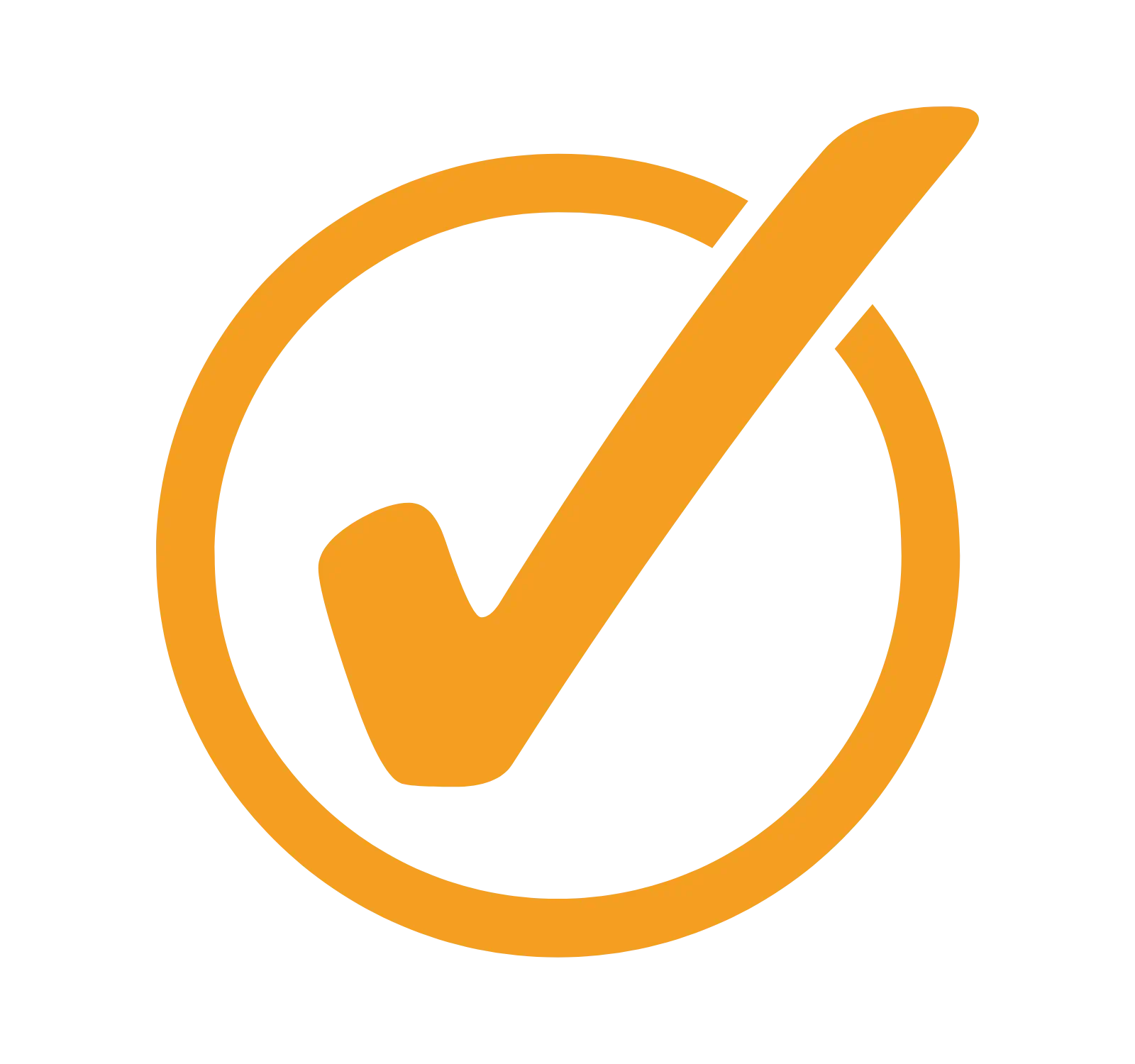





Why should you select Us?











